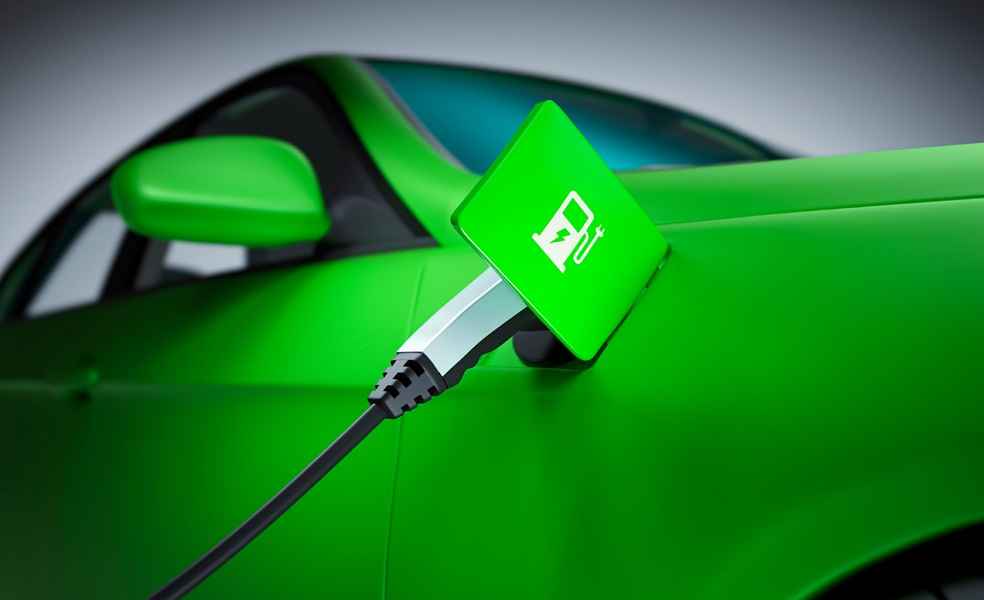The electric shift or adopting electric vehicles (EVs) marks a pivotal moment in our global efforts to reduce carbon emissions and combat climate change. This transition, driven by technological advancements, environmental concerns, and economic factors, is reshaping the automotive landscape, promising a cleaner, more sustainable future. With the European Union setting ambitious targets to ban the sale of new fossil-fuel models by 2035, the world is rapidly gearing up for an era dominated by zero-emission vehicles, a clear testament to the electric shift.
Unseen Challenge: Disposal of ICE Vehicles
However, this bright horizon casts a shadow over an emerging environmental quandary: the disposal of fuel cars in the wake of the EV boom. As EVs gain ground, the question looms large – what becomes of the increasing number of retired internal combustion engine (ICE) vehicles? The paradox is stark; the environmental gains from EVs could be partially negated by the pollution and waste generated from improperly discarded ICE vehicles.

Eco Impact and Waste Management
The challenge is twofold. First, the automotive industry and associated sectors, including fuel supply and servicing, must adapt to this seismic shift. Second, and more pressing, is the need for sustainable solutions in managing the disposal of a vast number of ICE vehicles. This scenario underscores the critical importance of innovative waste management and recycling strategies.
Strategies for Sustainable Disposal
- Regulatory Measures: Governments play a vital role in enforcing responsible disposal and recycling of ICE vehicles, through policies like landfill bans for specific components, extended producer responsibility, and recycling targets.
- Disposal Techniques: Investment in R&D is imperative for enhancing disposal and recycling processes, focusing on efficient dismantling and recycling of composite materials.
- Global Collaboration: The automotive industry’s global nature necessitates international cooperation in sharing best practices, technologies, and policies for sustainable management.

Car Crushing and Environmental Concerns
Car crushing, a common practice in vehicle recycling, now applies to ICE vehicles displaced by EVs. However, this process must be conducted responsibly to prevent environmental contamination and loss of salvage value. Proper preparation, including draining fluids and stripping hazardous materials, is essential to safeguard against pollution and health risks.
Global Implications and the African Context
Nations slow in adopting EVs risk being inundated with used gasoline cars, exacerbating financial burdens, especially in developing countries. For instance, Africa faces challenges as it becomes a dumping ground for fossil fuel vehicles discarded by Western nations shifting to cleaner technologies. Used vehicles, often failing pollution tests in their origin countries, find their way to African markets, highlighting the need for stringent regulations and effective enforcement.

Innovative Solutions in Emerging Markets
Tata Motors’ initiative in India exemplifies progressive steps towards responsible disposal. The Re.Wi.Re facility in Jaipur, a registered vehicle scrapping facility, boasts eco-friendly processes for dismantling ELVs, setting a precedent for others to follow.
Balancing Progress and Responsibility
As the world convenes at events like COP28, focusing on transitioning away from fossil fuels, the automotive sector shows promising progress. However, the environmental threat posed by the disposal of ICE vehicles remains a critical issue.

The paradox of progress in the EV era is clear: as we embrace cleaner technologies, we must also forge sustainable paths for the remnants of our past. The journey to a greener future is not just about adopting new technologies but also responsibly phasing out the old, ensuring that our strides towards sustainability are holistic and inclusive.
DON’T MISS | Gadkari’s Strategy: Export Boost, Import Cut for India’s Economic Surge





